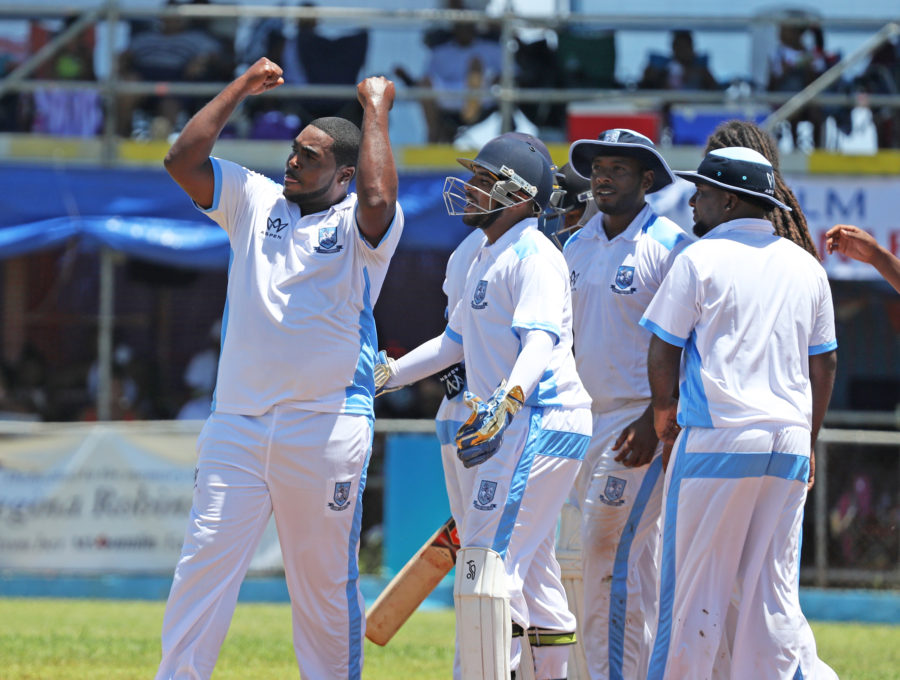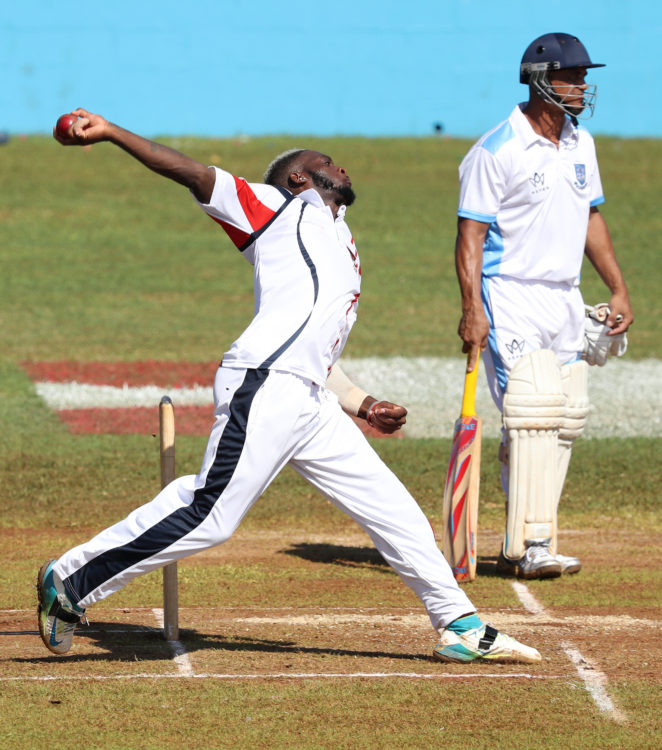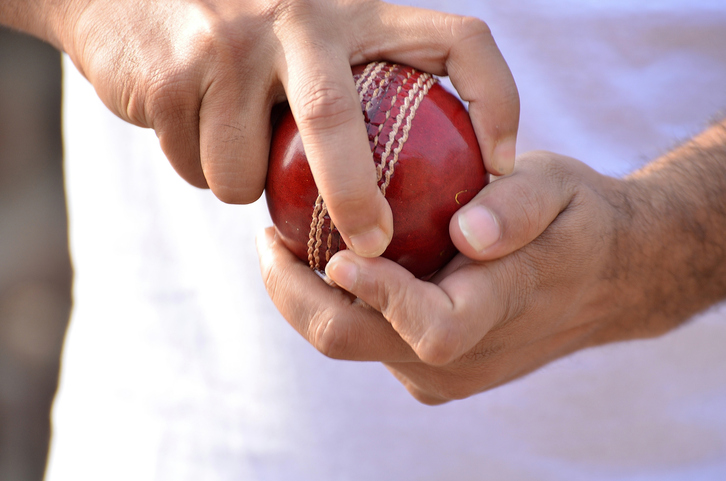So, you don’t know anything about cricket but still want to get into the spirit of Cup Match.
Luckily this is Bermuda and you will always find people who will patiently explain this wonderful game. The host club will always have experts on hand who will enthusiastically tell you the “ins and outs” of Cup Match.
Here are 9 facts about cricket, as it pertains to Cup Match:
- The team:

Each team has a total of 11 players, however, there will never be more than 13 players on the field — 11 payers from one team (nine fielders, on bowler and one wicketkeeper) and two batsmen from the other team. The objective of the game is to score the most runs, and the team that does that wins the match. Although at Cup Match if it ends in a draw the team holding the cup “wins”.
- The Batsman:
The batsman’s job is to score as many runs as they can for their team. They can do this through three means — running between stumps after hitting the ball to any part of the field, hitting the ball along the ground to the boundary rope (four runs), and hitting the ball over the boundary rope (six runs). You will no doubt hear air horns going off at Somerset Cricket Club when a six is hit.
- The Bowler:

The bowler’s job is twofold: restrict the number of runs and get the opposing batsmen out. In Cup Match, he has an unlimited number of overs (a set of six tries). He can also get the batsmen out by knocking down the stumps, hitting the batsman on the pads if it is in line with the stumps (lbw), or inducing the batsman to hit the ball straight to a player who catches it. Again, when the bowler gets someone out, air horns blast from the crowd.
- The Fielder
The Fielder’s job is to help the bowler restrict the number of runs, and helps to get the batsmen out by catching a ball hit by them or by throwing the ball at the stump while the batsmen are running
- The Wicketkeeper:
The Wicketkeeper’s position behind the stumps allows him to catch the ball or effect a stumping (knocking the stumps out of the ground when the batsman is out of his crease). He also plays the main cheerleader for his team.
- The Umpire:
There are two on-field umpires who make the calls.
- The innings:
The inning is complete when 10 of the 11 members of the batting team have been dismissed (all out— although one always remaining “not-out”), or when the batting team declares they have made enough runs — something which happens fairly often at Cup Match.
- Runs:
Getting 50 runs is good for an individual batsman, getting one 100 (or a century) is better! And when that happens at Cup Match you will often see members of the crowd running out to give the batsman money — something you never see in games around the world. It is one of the things that make Cup Match fun and unique.
9. Tea Time:
Of course, cricket would not be the great game it is without tea time. This is a break in play which allows the players to take on liquids and the like. They don’t actually drink tea but cool refreshments to help them stay hydrated. With the heat bearing down they really need those liquids. The tea break owes its origins to the tradition of English high tea that was usually taken at the particular time of the day and yes, it is possible that the cricket players actually drank tea during this break back in the day.
This article was originally published in the 2018 edition of the RG Cup Match supplement.

